I need to determine parameters of Illumintaion change, which is defined by this continuous piece-wise polynomial C(t), where f(t) is is a cubic curve defined by the two boundary points (t1,c) and (t2,0), also f'(t1)=0 and f'(t2)=0. Original Paper: Texture-Consistent Shadow Removal

Intensity curve is sampled from the normal on boundary of shadow and it looks like this:
Each row is sample, displaying illumintaion change.So X is number of column and Y is intensity of pixel.
I have my real data like this (one sample avaraged from all samples):

At all I have N samples and I need to determine parameters (c,t1,t2)
How can I do it?
I tried to do it by solving linear equation in Matlab:
avr_curve is average curve, obtained by averaging over all samples.
f(x)= x^3+a2*x^2+a1*x1+a0 is cubic function
%t1,t2 selected by hand
t1= 10;
t2= 15;
offset=10;
avr_curve= [41, 40, 40, 41, 41, 42, 42, 43, 43, 43, 51, 76, 98, 104, 104, 103, 104, 105, 105, 107, 105];
%gradx= convn(avr_curve,[-1 1],'same');
A= zeros(2*offset+1,3);
%b= zeros(2*offset+1,1);
b= avr_curve';
%for i= 1:2*offset+1
for i=t1:t2
i
x= i-offset-1
A(i,1)= x^2; %a2
A(i,2)= x; %a1
A(i,3)= 1; %a0
b(i,1)= b(i,1)-x^3;
end
u= A\b;
figure,plot(avr_curve(t1:t2))
%estimated cubic curve
for i= 1:2*offset+1
x= i-offset-1;
fx(i)=x^3+u(1)*x^2+u(2)*x+u(3);
end
figure,plot(fx(t1:t2))
part of avr_curve on [t1 t2]
cubic curve that I got (don't looks like avr_curve)

so what I'm doing wrong?
UPDATE: Seems my error was due that I model cubic polynomial using 3 variables like this:
f(x)= x^3+a2*x^2+a1*x1+a0 - 3 variables
but then I use 4 variables everything seems ok:
f(x)= a3*x^3+a2*x^2+a1*x1+a0 - 4 variables
Here is the code in Matlab:
%defined by hand
t1= 10;
t2= 14;
avr_curve= [41, 40, 40, 41, 41, 42, 42, 43, 43, 43, 51, 76, 98, 104, 104, 103, 104, 105, 105, 107, 105];
x= [1, 2, 3, 4, 5, 6, 7, 8, 9, 10, 11, 12, 13, 14, 15, 16, 17, 18, 19, 20, 21];
%x= [-10, -9, -8, -7, -6, -5, -4, -3, -2, -1, 0, 1, 2, 3, 4, 5, 6, 7, 8, 9, 10]; %real x axis
%%%model 1
%%f(x)= x^3+a2*x^2+a1*x1+a0 - 3 variables
%A= zeros(4,3);
%b= [43 104]';
%%cubic equation at t1
%A(1,1)= t1^2; %a2
%A(1,2)= t1; %a1
%A(1,3)= 1; %a0
%b(1,1)= b(1,1)-t1^3;
%%cubic equation at t2
%A(2,1)= t2^2; %a2
%A(2,2)= t2; %a1
%A(2,3)= 1; %a0
%b(2,1)= b(2,1)-t1^3;
%%1st derivative at t1
%A(3,1)= 2*t1; %a2
%A(3,2)= 1; %a1
%A(3,3)= 0; %a0
%b(3,1)= -3*t1^2;
%%1st derivative at t2
%A(4,1)= 2*t2; %a2
%A(4,2)= 1; %a1
%A(4,3)= 0; %a0
%b(4,1)= -3*t2^2;
%model 2
%f(x)= a3*x^3+a2*x^2+a1*x1+a0 - 4 variables
A= zeros(4,4);
b= [43 104]';
%cubic equation at t1
A(1,1)= t1^3; %a3
A(1,2)= t1^2; %a2
A(1,3)= t1; %a1
A(1,4)= 1; %a0
b(1,1)= b(1,1);
%cubic equation at t2
A(2,1)= t2^3; %a3
A(2,2)= t2^2; %a2
A(2,3)= t2; %a1
A(2,4)= 1; %a0
b(2,1)= b(2,1);
%1st derivative at t1
A(3,1)= 3*t1^2; %a3
A(3,2)= 2*t1; %a2
A(3,3)= 1; %a1
A(3,4)= 0; %a0
b(3,1)= 0;
%1st derivative at t2
A(4,1)= 3*t2^2; %a3
A(4,2)= 2*t2; %a2
A(4,3)= 1; %a1
A(4,4)= 0; %a0
b(4,1)= 0;
size(A)
size(b)
u= A\b;
u
%estimated cubic curve
%dx=[1:21]; % global view
dx=t1-1:t2+1; % local view in [t1 t2]
for x= dx
%fx(x)=x^3+u(1)*x^2+u(2)*x+u(3); % model 1
fx(x)= u(1)*x^3+u(2)*x^2+u(3)*x+u(4); % model 2
end
err= 0;
for x= dx
err= err+(fx(x)-avr_curve(x))^2;
end
err
figure,plot(dx,avr_curve(dx),dx,fx(dx))
spline on interval [t1-1 t2+1]
and on full interval
